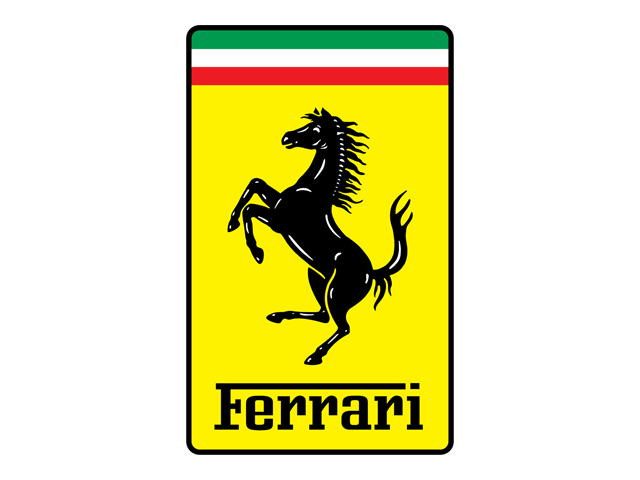1970 Ferrari 512 M

The descriptions of the Classic Cars in the Directory were partly generated or supplemented with the help of artificial intelligence (AI). The content may occasionally not always be entirely accurate or factually correct despite careful checking.
The Ferrari 512 M 1970 was a masterpiece of engineering and design that wowed car enthusiasts around the world upon its release. This successor to the Ferrari 512 S model had several notable technical features that set it apart from the previous iteration.
One of the most significant differences between the 512 M and its predecessor was that the new model featured an aluminum body as opposed to fiberglass construction. This allowed for a weight reduction of around 50 kilograms, which greatly improved the car's handling and performance on the track. The 512 M also had a longer wheelbase than the 512 S, which contributed to its improved stability at high speeds.
Under the hood, the 512 M was powered by a 5.0-liter V12 engine that produced 550 horsepower at 8,500 rpm. This engine was mated to a five-speed manual transmission that featured a dry-sump lubrication system, which allowed for better performance on the track. The gearbox was also mounted directly to the engine block, which helped to reduce weight and improve handling.
To keep the car cool during races, the Ferrari 512 M had a front-mounted radiator, which was an improvement over the rear-mounted radiator of the 512 S. The new placement of the radiator also allowed for better aerodynamics, which further improved the car's speed and cornering abilities.
The 512 M was also equipped with four-wheel independent suspension, which included double wishbones, coil springs, and telescopic shock absorbers. Additionally, the car featured disc brakes all around, which provided excellent stopping power and improved safety.
Inside the car, the driver and passenger were seated in leather bucket seats, which were designed to provide maximum comfort and support during long races. The dashboard featured a range of gauges and instruments, including a speedometer, tachometer, and oil pressure gauge. The car also had a fire extinguishing system, which was a safety feature that was not commonly found in cars of this era.
Overall, the Ferrari 512 M 1970 was a technical marvel that combined innovative engineering with sleek Italian design. Its high-performance engine, lightweight construction, and advanced features made it a formidable competitor on the racing circuit and a much sought-after collector's item today.
Milestones
1. Development of the Ferrari 512 S prototype begins in 1969. 2. The Ferrari 512 S debuts in the 1970 24 Hours of Daytona. 3. The Ferrari 512 S wins the 1970 12 Hours of Sebring with drivers Mario Andretti and Ignazio Giunti. 4. The Ferrari 512 S places second in the 1970 24 Hours of Le Mans with drivers Ronnie Peterson and Tim Schenken. 5. The Ferrari 512 S evolves into the Ferrari 512 M for the 1971 racing season. 6. The Ferrari 512 M places second at the 1971 24 Hours of Le Mans with drivers Sam Posey and Tony Adamowicz. 7. The Ferrari 512 M wins the 1971 12 Hours of Sebring with drivers Mario Andretti and Ignazio Giunti. 8. The Ferrari 512 M wins the 1971 Watkins Glen 6 Hours with drivers Mario Andretti and Jacky Ickx. 9. Ferrari 512 M production ends in 1971 after only 25 units are built.Technical
- Engine: 5.0-liter, naturally aspirated V12 - Power: 550 horsepower at 8,400 RPM - Torque: 431 lb-ft at 6,500 RPM - Transmission: 5-speed manual - Top speed: 220 mph - 0-60 mph: 3.8 seconds - Weight: 1,985 kg (4,376 lbs) - Length: 4,475 mm (176.2 in) - Width: 1,820 mm (71.7 in) - Height: 1,050 mm (41.3 in) - Wheelbase: 2,400 mm (94.5 in) - Suspension: Independent double wishbone with coil springs and anti-roll bar - Brakes: Disc brakes all around - Tires: Front: 10.00-15, Rear: 13.00-15 - Fuel capacity: 100 liters (26.4 gallons) - Production: Only 25 were built for homologation purposes